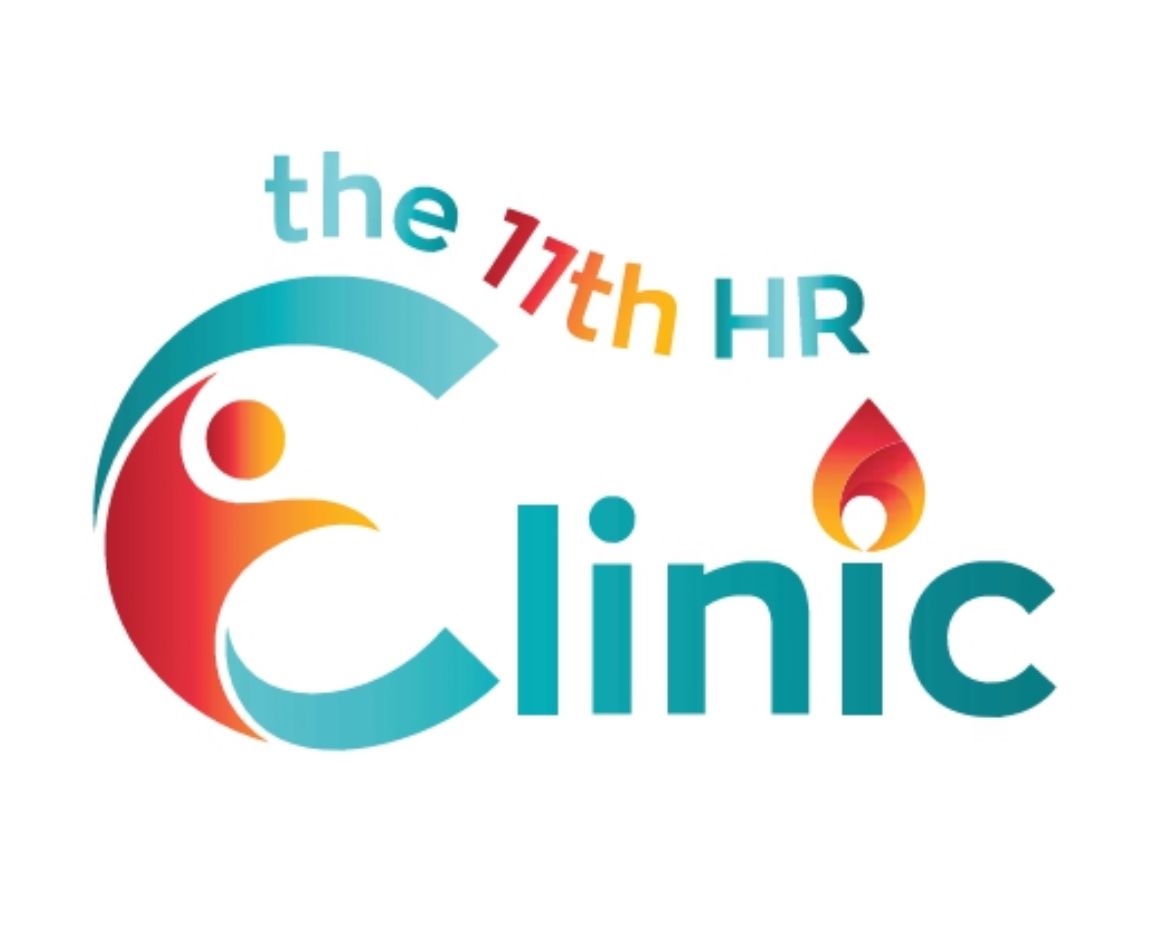When Pain Clouds Your Thinking
Why chronic pain affects memory, focus, and ways to clear the fog
We often think of pain as something that only affects the body. However, if you’ve ever struggled to concentrate during a migraine, forgotten what you were about to say when your back was throbbing, or felt foggy from sleepless, pain-filled nights you already know pain has a mental edge too.
At the 11th hour clinic, we see this every week: people who are bright, capable, and motivated, but whose pain makes them feel like they’re “losing their sharpness.” The science is clear, pain doesn’t lower your intelligence, but it competes with your brain for resources, leaving less energy for memory, focus, and decision-making.
The Science of Pain and Thinking
Attention gets hijacked
Pain is like an alarm system that never turns off. Studies show it reliably steals attention, especially when you’re trying to juggle tasks or concentrate for long stretches (Meints et al., 2019; Moore et al., 2019). It’s not your fault, it’s your brain doing exactly what it’s designed to do: pay attention to a threat. Memory and processing speed slow down.
Research consistently shows that people living with chronic pain have slower “mental reaction times” and reduced working memory, the brain’s scratchpad for holding information (Oosterman et al., 2013; Zhang et al., 2021; Seminowicz & Moayedi, 2017). This explains why conversations or meetings sometimes feel harder to follow.
Executive functions take a hit
Planning, switching tasks, resisting distractions, these “executive” skills are often affected by long-term pain (Saha et al., 2025). At work, this might show up as difficulty prioritising or getting back on track after interruptions.
Long-term changes
Persistent pain in older adults is linked to faster memory decline and even higher dementia risk (Monroe et al., 2017). That doesn’t mean everyone with chronic pain is heading for dementia, but it does underline the importance of prevention and early treatment.
Brain network shifts
Neuroscience tells us pain doesn’t just “light up” one area, it reshapes how whole brain networks talk to each other. Over time, this can reinforce rumination (“I can’t stop thinking about the pain”) and reduce focus (Kucyi et al., 2014; Pacheco-Barrios et al., 2022).
Condition-specific “brain fog.”
- In fibromyalgia, patients often describe “fibro-fog,” and testing confirms difficulties with memory and attention (Tyler et al., 2018).
- With migraine, many report temporary confusion, word-finding problems, or slow thinking, especially around attacks (Aydinlar et al., 2024).
Medication side-effects
Sometimes it’s not just the pain, analgesic medications, especially opioids and sedatives, can add an extra layer of cognitive slowing (Schiltenwolf et al., 2019).
Why This Matters at Work and in Daily Life
- At work: Pain-related lapses in attention or slowed processing can look like reduced productivity but in reality, the person is working against double the load.
- In study: Students with pain often need more time to retain information or may forget details in exams despite studying hard.
- At home: Simple tasks like cooking, paying bills, or remembering appointments may feel overwhelming when pain and fatigue combine.
Recognising this is vital: it’s not laziness, lack of motivation, or reduced intelligence. It’s pain’s effect on the brain.
What Helps: Strategies That Work
The most effective approaches don’t just tackle pain they protect thinking as well.
Pain education + exercise
Programs that explain how pain works and combine it with gentle, cognition-targeted exercise show real benefits in both pain relief and mental clarity (Malfliet et al., 2025).
CBT and mindfulness
Cognitive-behavioural therapy (CBT) and mindfulness-based stress reduction (MBSR) help reduce catastrophising, manage stress, and ease the “mental load” of pain (Cherkin et al., 2016; Cheng & Cheng, 2019).
Put sleep first. Poor sleep is one of the biggest drivers of brain fog in pain. Treating insomnia with CBT-I principles often restores energy, focus, and mood (de Zoete et al., 2020).
Movement
Regular movement even short, paced walks or stretching has been shown to improve both pain and brain function (de Zoete et al., 2022).
Medication review
Working with a GP to reduce sedating medications or adjust doses can protect clear thinking without worsening pain (Schiltenwolf et al., 2019).
Practical Tips You Can Use Today
- Break tasks into short focus blocks with planned breaks.
- Use reminders, checklists, or apps to offload memory strain.
- Plan demanding tasks during times when your pain is usually lower.
- Have a flare-up plan ready: simple strategies like a short walk, heat pack, or relaxation exercise can help you bounce back faster.
The 11th hour Approach
At the 11th hour clinic, we take a whole-person view of pain. That means not only managing physical symptoms but also helping you protect your thinking, memory, and focus. Our team integrates:
- Brief CBT and mindfulness-based programs
- Sleep-focused strategies
- Cognition-targeted exercise and pacing plans
- GP collaboration for medication reviews
If pain is starting to interfere with your concentration at work or study, you don’t have to push through alone. Book a confidential consult we’ll help you rebuild both your health and your clarity of mind.
References
Aydinlar, E., et al. (2024). Migraine and cognitive dysfunction: A narrative review. The Journal of Headache and Pain, 25, 97.
Cherkin, D. C., et al. (2016). Effect of mindfulness-based stress reduction vs cognitive behavioral therapy vs usual care on back pain and functional limitations in adults with chronic low back pain. JAMA, 315(12), 1240–1249.
Cheng, J. O. S., & Cheng, S.-T. (2019). Cognitive-behavioral therapy combined with exercise for chronic musculoskeletal pain: A meta-analysis. PLOS ONE, 14(10), e0223367.
de Zoete, R. M., et al. (2020). Exercise training augments brain function and reduces pain perception in chronic musculoskeletal pain: Review. Neurobiology of Pain, 7, 100050.
de Zoete, R. M., et al. (2022). The impact of exercise on brain networks in chronic musculoskeletal pain: Systematic review. Neurobiology of Pain, 11, 100093.
Kucyi, A., et al. (2014). Enhanced medial prefrontal–default mode network connectivity and pain rumination in chronic pain. Journal of Neuroscience, 34(11), 3969–3975.
Malfliet, A., et al. (2025). Pain neuroscience education and cognition-targeted exercise for patients with chronic whiplash: A randomized clinical trial. JAMA Network Open, 8(1), e225893.
Meints, S. M., et al. (2019). The effect of pain on attention: A review. The Journal of Pain, 20(12), 1423–1439.
Monroe, H. C., et al. (2017). Association of persistent pain with memory decline and dementia in a longitudinal cohort of older adults. JAMA Internal Medicine, 177(8), 1146–1153.
Moore, D. J., et al. (2019). Does experimentally induced pain affect attention? A meta-analytical review. Journal of Pain Research, 12, 943–957.
Oosterman, J. M., et al. (2013). Neuropsychological functions in chronic pain: A systematic review. Neuroscience & Biobehavioral Reviews, 37(5), 766–780.
Pacheco-Barrios, K., et al. (2022). Pain and the triple network model: A review. Frontiers in Neurology, 13, 757241.
Saha, R., et al. (2025). Chronic low back pain is associated with compromised cognitive function: A systematic review and meta-analysis. The Journal of Pain.
Schiltenwolf, M., et al. (2019). Opioids and cognition in older adults with chronic pain and cancer: A review. Journal of Pain and Symptom Management, 57(5), 1065–1074.
Seminowicz, D. A., & Moayedi, M. (2017). Cognitive impairment in chronic neuropathic pain: A review. Frontiers in Behavioral Neuroscience, 11, 100.
Tyler, E. J., et al. (2018). Cognitive deficits in fibromyalgia patients: A meta-analysis. Cureus, 10(9), e3210.
Zhang, X., et al. (2021). Evidence for cognitive decline in chronic pain: A systematic review and meta-analysis. Frontiers in Neuroscience, 15, 737874.



